The War on Women
Patricia Zemanek
This series was inspired by the recent unconstitutional and discriminatory Supreme Court ruling. It is my way of honoring the memory of women (and a few men…) who have died or been harmed by restrictive abortion laws and access to safe abortion. While at the same time, the history which reminds us of what happens when you criminalize abortion.
When I began researching and painting these and thinking about the whole picture of abortion rights - I realized just how messy and complicated it is. It is not just about “anti-abortionist” versus “pro-choice.” It is part of a much bigger picture. These women were/are victims of the never ending slavery and misogyny through out the world, since time began. Even though women comprise more than half the worlds population, we have been shamed, abused, murdered and enslaved for way too long. Most women don’t talk about their abortions, much less publish their stories - so it is difficult to find these subjects to paint. It’s all very hush, hush. Not to mention that worldwide statistics have never reflected the true number of legal or illegal abortions.
The story of abortion rights is about herstory (not the history we learned in school…), it is about the way women have been controlled by men, the way unwanted children are treated, what they learn and who they grow up to be, the women who would rather risk death than have an unwanted child, women who will never be able to finish school, or achieve their life goals. Ultimately it is about freedom - the freedom for women to have the same social and economic advantages and rights as men.
To view my ongoing series of watercolors, go here.
For more about my art, thoughts and research on the War On Women - read on!
And please, speak up, act up and VOTE!
“Did you ever see somebody die of a septic abortion?” And she said, “Well, let me think about that.” And I said, “Oh no. No, no. If you see anybody die like that, you never forget it.”
“Neither slavery nor involuntary servitude, except as a punishment for crime whereof the party shall have been duly convicted, shall exist within the United States, or any place subject to their jurisdiction.“ - The 13th Amendment to the U.S. Constitution
Forced birth is slavery. The recent Supreme Court decision is a violation of the 13th Amendment.
Abortion bans force pregnant women to endure the dangerous work of pregnancy, labor and childbirth against their will. They place pregnant women seeking abortion under state control and require them to perform involuntary labor. Pregnancy, labor and childbirth are difficult, life threatening, non-stop, 24/7 forms of work. Not to mention the lifelong costs, both physical and financial, of raising a child to adulthood and beyond. The average cost of raising a child from birth to age 17 is $233,610. Unsafe abortion remains one of the five leading causes of maternal mortality, despite the fact that it is mostly preventable. More than 22,000 women and girls die each year after having an unsafe abortion.
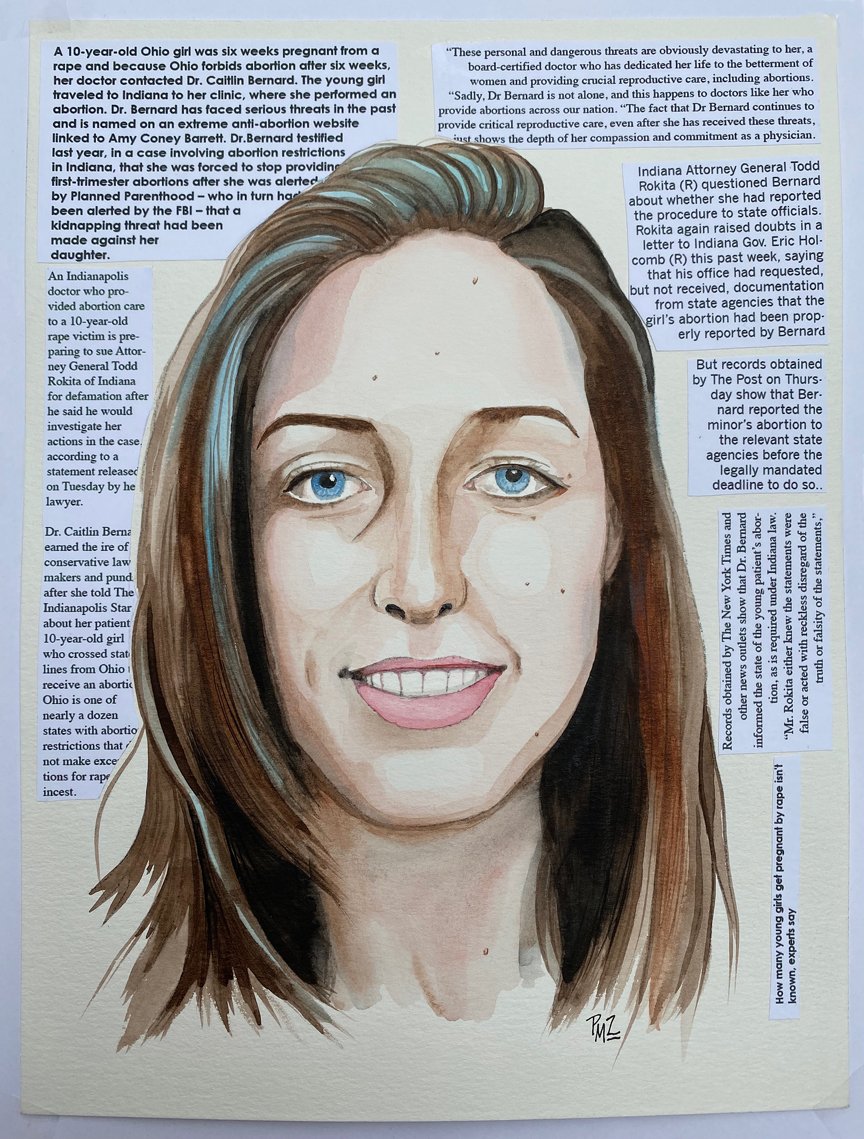
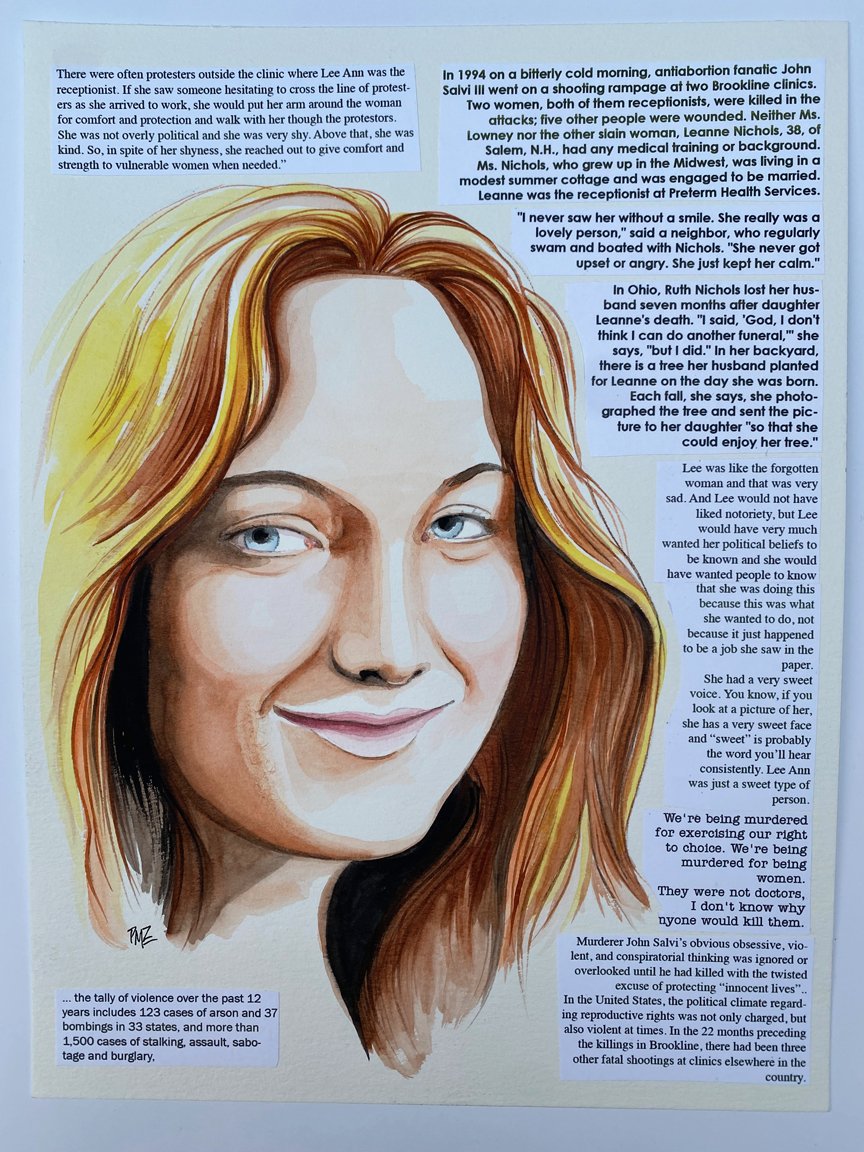
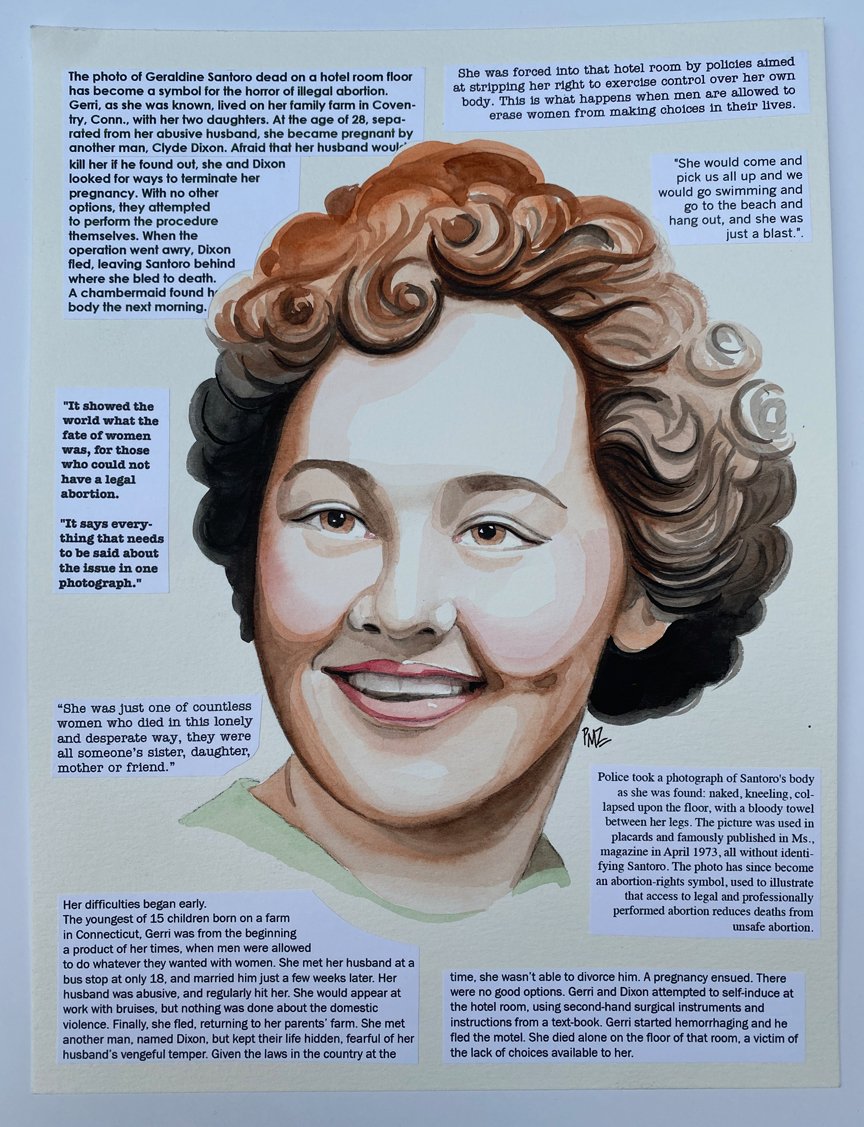

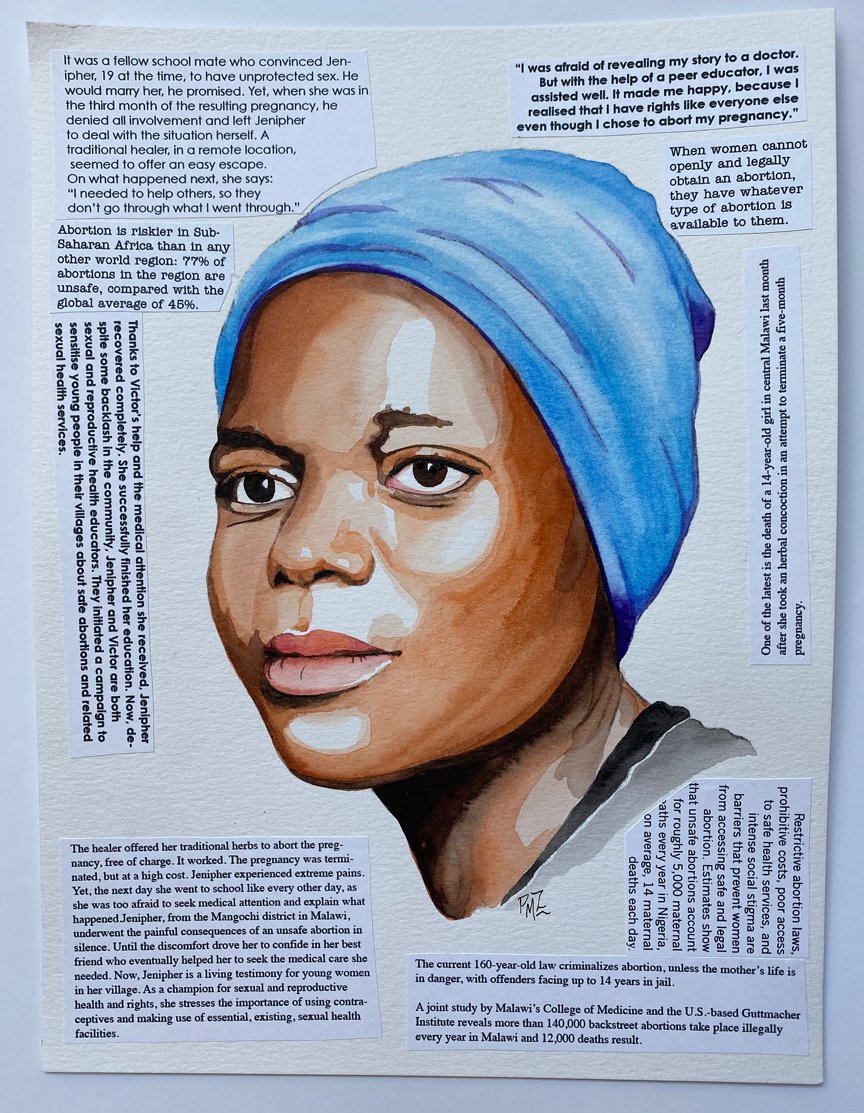
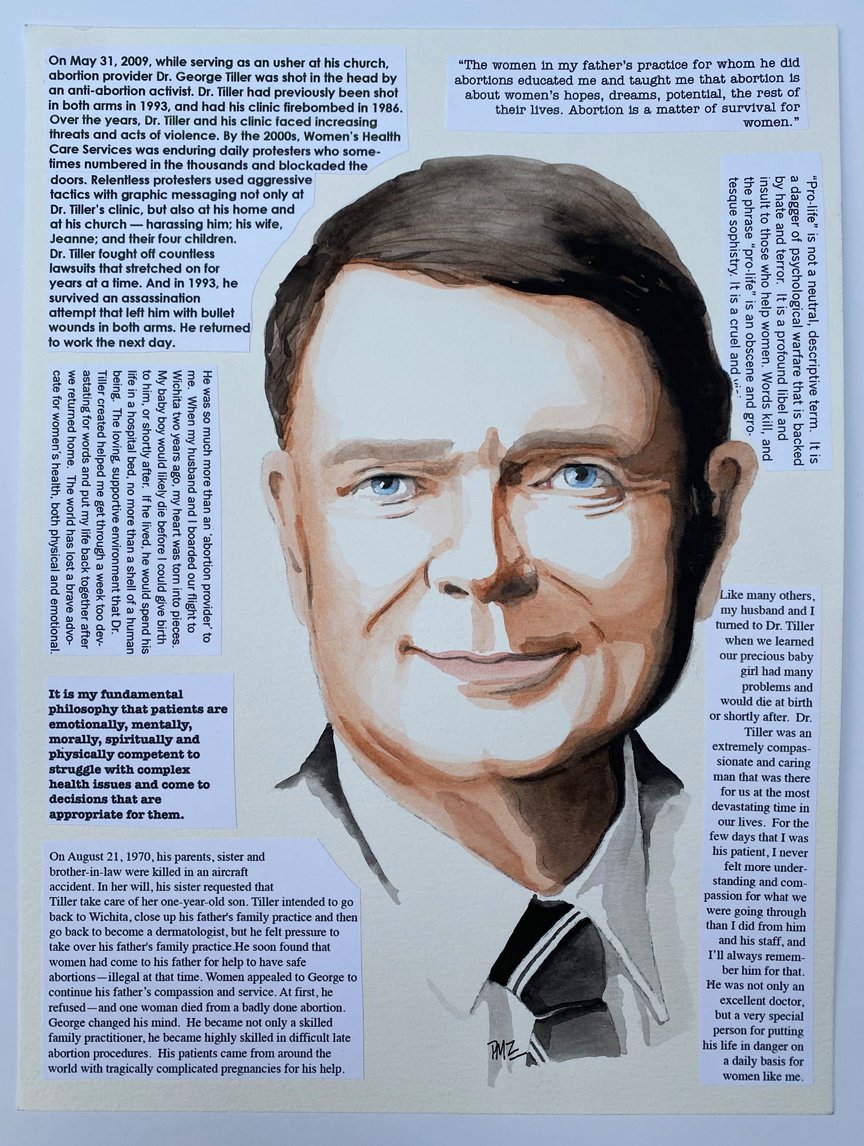
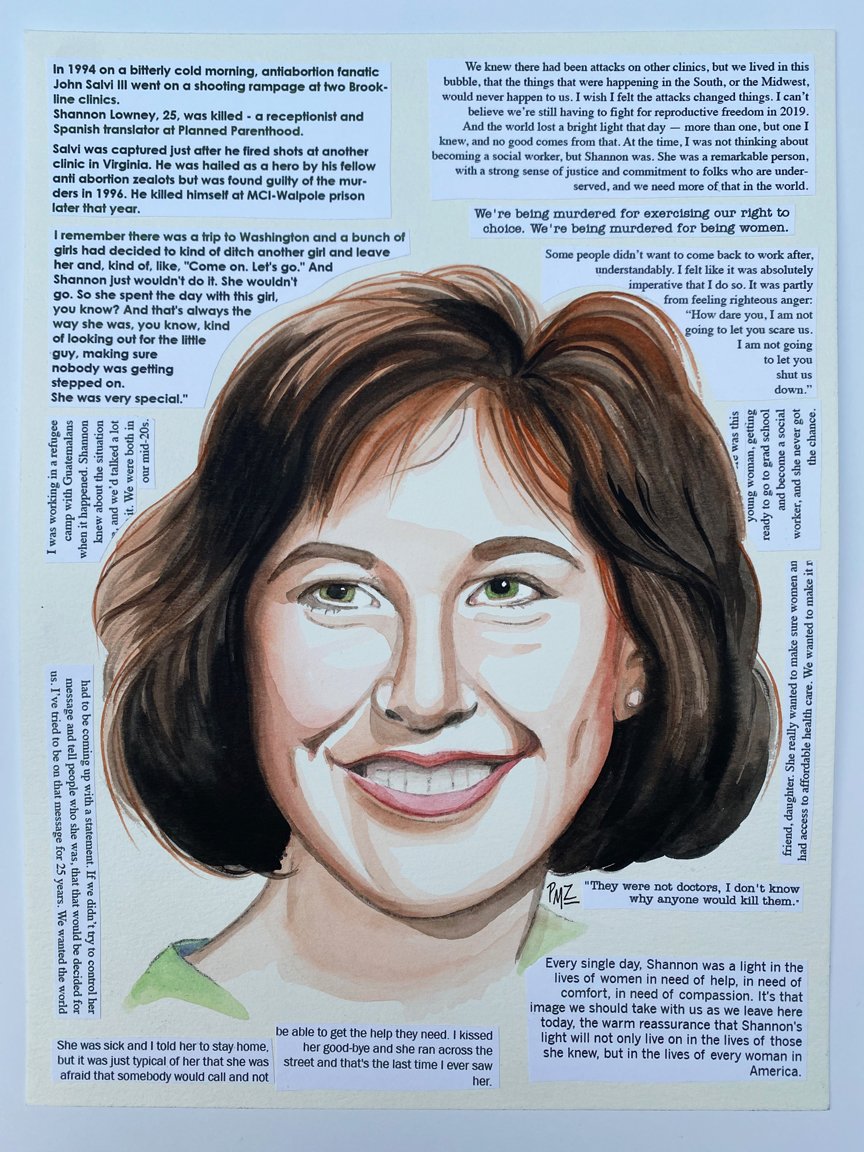
All The Things - How Did We Get Here?
Witchcraft/History - Witch hunts were all about persecuting the powerless. Women were both the victims and the accused, casualties of a society controlled by powerful men. The majority of witch hunts occurred between 1500 and 1650. Having a big labor force was necessary to having a successful economy. In the aftermath of the Black Death, population control was an important political goal for the ruling classes. The way to systematically increase the size of the labor force was to gain control over reproduction. Women were seen only as wombs that produce children who will enter the labor force. The states used “multi-media propaganda to generate a mass psychosis among the population.”, which included names such as Thomas Hobbes and Jean Bodin, but also many other government officials who traveled the countries and spread propaganda about witches. They also used policing apparatus and methods created by the Inquisition in previous centuries. They sowed distrust which disintegrated small societies, targeting lower-class women who had knowledge that was crucial for the autonomy and integrity of their societies. This knowledge, such as healing, birth control, and midwifery, came in direct opposition to the state interests. Many of these women were hunted down, put through unfair trials, and brutally murdered. To gain control over the reproductive force of the population they put the practices of midwifery under strict state control. Many of the “witches” were also midwives or “wise women”, and traditionally the practices of midwifery and obstetrics were exclusive to women until the 16th and 17th century. In the 16th century there was a new precondition to being a midwife — the woman had to demonstrate beforehand that she was a “good Catholic”. In the 17th century there began to appear the first male midwives and “within a century, obstetrics has come almost entirely under state control.” Witchcraft denunciations are common when patriarchal institutions are trying to establish dominance over matriarchal ones. Those condemned as sorcerers and witches or "heretics," were in reality some of the most advanced thinkers of their ages. Widespread church and state-sanctioned torture and killing of witches set the stage for modern society's acceptance of violence against women.
Voting/Governing - Women's legal right to vote was not established in the United States until 1920 with the passing of the 19th Amendment, while Black men were given voting rights in 1870! The total population was 38,925,598 with the African American population composing 4,880,009. That makes approx. 20,000,000 women. Think about it. That is the majority population not having the same rights as a minority group! And black women had (have) it the hardest of all… Men still control the vast majority in government, corporate and economic leadership, even today. The U.S. lags far behind other countries on women representation in government. In fact, it ranks 75th out of 193 countries. There has been a black man as a U.S. president - but never, ever a woman. When women are underrepresented in politics, laws go into effect against the will of the majority. Women are 51% of the population in the U.S. but make up only 28% of Congress. Laws have been consistently the domain of men, so how can women be represented?
Divorce/Independence - When a divorce law was finally enacted in 1857, a husband needed to prove adultery to obtain a divorce. By contrast, a wife was required to prove adultery and some other especially aggravating circumstance to have the same grounds. Brutality, rape, desertion and financial chicanery did not count. During most of American history, women’s lives in most states were circumscribed by common law brought to North America by English colonists. These marriage and property laws stipulated that a married woman did not have a separate legal existence from her husband. By taking his name, the wife "belonged" to her husband. A married woman was a dependent, like an underage child or a slave, and could not own property in her own name or control her own earnings, except under very specific circumstances.
Economics - Women work as mothers, housekeepers or “homemakers”, yet are rarely paid for these jobs. If a woman is forced to have a child, who will pay childcare so that she can hold a job? Around the world, women do the vast majority of the unpaid work, including child care, cooking, cleaning and farming. This unpaid work is essential for households and economies to function, but it is also valued less than paid work. The quickest route to poverty is to become a single mother. And then there are the costs unique to a woman. The total amount women spend on tampons is approximately $1,773.33. Plus there are the added costs of birth control, yearly exams and personal items. Men project unreasonable and sexist beauty standards onto women from childhood on up, through Hollywood, advertising, daily interactions and social stigma. The average woman will spend $15,000 during her lifetime on beauty products alone. All these prices are set by male owned and controlled companies which generate huge profits at the expense of women. (Tampax Pearl generated sales of nearly 300 million U.S. dollars. Kimberley-Clark (Kotex) had net sales of $19.4 billion in 2021.) And then there is the cost of childcare - with parents are spending an average of $14,117 annually for childcare. Among the 50 states, the annual cost of center-based day care averaged over 40% of the state median income for a single mother.
Violence Against Women - The fundamental evangelical Christian movements (and right-wing cults) that thrive today refuse to speak out against domestic violence, rape, incest and abuse because their doctrines are the foundation for conditioning women and children to accept abuse. All states finally made "wife beating" illegal by 1920. However, only since the 1970s has the criminal justice system begun to treat domestic violence as a serious crime, not as a private family matter. Nearly 20 people in the United States experience physical abuse from an intimate partner every minute. Judith Herman, M.D. maintains that the function of domestic violence is to preserve male supremacy. “Perpetrators understand intuitively that the purpose of their behavior is to put women in their place and that their behavior will be condoned by other men as long as the victim is a legitimate target. Thus, women live with a fear of men which pervades all of life and which convinces women that their weakness is innate and unchangeable." Children learn this violence at home as a way of resolving conflict, growing up to repeat the same old patterns. As of 1998, an estimated 17.7 million American women had been victims of attempted or completed rape. Only 310 out of every 1,000 sexual assaults are reported to police. That means more than 2 out of 3 go unreported. Out of every 1,000 sexual assaults, 975 perpetrators will walk free. Prior to the 1970s marital rape was legal in every US state. Not until 1993 was marital rape a crime nationwide. Still, in the 1990s, most states continued to differentiate between the way marital rape and non-marital rape were viewed and treated. Domestic violence has been found to constitute the single largest category of police calls in some cities. When police officers respond, they know the situation can be volatile for both them and the abuser’s victim. That’s because the killer in almost one third of female homicides is an intimate partner, and 22 percent of officer deaths in recent years occurred while responding to domestic violence calls. A 2015 survey by the National Domestic Violence Hotline found that 80 percent of the participants who had called police were afraid that if they called again in the future, officers would not believe them or wouldn’t do anything about the violence. Nearly 1 in 3 women have experienced stalking victimization at some point in their lifetime. Most the victims of all these crimes will suffer high rates of depression, anxiety, insomnia, and social dysfunction.
Equal Rights - Three years after the ratification of the 19th amendment, the Equal Rights Amendment (ERA) was initially proposed in Congress in 1923 in an effort to secure full equality for women. It seeks to end the legal distinctions between men and women in terms of divorce, property, employment, and other matters. It failed to achieve ratification. And all these years later it still hasn’t passed. Since our country’s founding, women have been left out of the Constitution—intentionally. They were second-class citizens deprived of basic rights to vote, enter most jobs, or own property.
The National Association Opposed to Woman Suffrage who, in 1917, argued in a letter to Congress that passing the 19th Amendment would be ‘an official endorsement of nagging as a national policy.'
The U.S. has also steadfastly refused to join 187 other countries in ratifying the United Nations Convention on the Elimination of All Forms of Discrimination Against Women. (Others who refuse are Sudan, South Sudan, Somalia, and Iran.) If parenthood became prioritized over motherhood and if women, like men, were classified as people, rather than first and foremost as mothers, then many of the remaining barriers that women face would be removed, even in the absence of the ERA. Men often agree that women are equal in theory, but they are not necessarily lining up to do more dishes and carpools. Women consistently earn less than men, and the gap is wider for most women of color. Women are disproportionately driven out of the workforce to accommodate caregiving and other unpaid obligations and thus tend to have less work experience than men. Access to paid family and medical leave makes women more likely to return to work. However, as of 2019, only 19 percent of civilian workers had access to paid family leave through their employers. Year after year there are new laws to control female reproductive systems - yet not one statute exists that controls the male reproductive system. If women are forced to give birth, maybe men should be forced to get vasectomies… From a Pew Research Center survey - among those who think the country still has work to do in achieving gender equality, 77% point to sexual harassment as a major obstacle to women having equal rights with men.
“While driving my fifteen-year-old daughter to school, she asked, “Mom, why do men hate women?” We had been discussing Alabama’s anti-abortion legislation, and she was keen to better understand why politicians would pass laws that criminalize girls and women. She was especially horrified that rape victims — some younger than she — could be forced to carry a rapist’s baby to term.”
Silence, Shame and Misogyny
Society has shamed women for being women in a multitude of ways. We are constantly shamed for not adhering to typical beauty standards, or for being - too prudish, too slutty, too skinny, too fat, too hairy, too old, and on and on. Shamed as birthmothers, rape survivors, parents of large families, poor mothers, pregnant and parenting students, and those who were driven to abortion. Abortion is a common and safe medical procedure. But abortion, like general female issues, are surrounded by stigma in our society. We hide our tampon boxes at the check out and the cramps doubling us over, even though we are more than half the population. Only 32 percent of women in the U.S. stated they are comfortable talking to others about their periods. Things are even worse at work, where more than half of men studied believe it is inappropriate for women to openly mention their menstrual cycles in the workplace. 75 percent of women report disordered eating behaviors or symptoms consistent with eating disorders; so three out of four have an unhealthy relationship with food or their bodies. Stigma keeps people silent about their personal experiences, and silence feeds public complacency with political attacks and destructive myths. 1 in 4 American women will have an abortion by age 45 and 60% who terminate a pregnancy already have children. The anti-abortionists constantly claim that women use abortion as a birth control method. How many women do you know that do this? I don’t know a single one. Women do not like getting abortions, it is a traumatic event that we never forget, a necessary evil. “One of the most important things about the issue of abortion in the U.S. is that people don’t want to talk about it. They fear the stigma, providers fear the stigma that they’re going to be harassed, targeted, because they have been. So one of the most important things is just being honest about it.” - Dr. Caitlin Bernard
“They would put lye in their vagina to induce an abortion. They used coat hangers. They literally used coat hangers and knitting needles. They died.”
Philosopher Kate Manne defines misogyny not only as hatred of women, but also about “controlling, policing, punishing, and exiling the ‘bad’ women who challenge male dominance.” “When women as a class cannot make our own reproductive decisions, it gets much, much harder for us to participate in public life. We become much less self-sufficient and much more vulnerable. And men gain a significant advantage. Anti-abortion laws are misogynist laws.”-Jill Filopovic
They Are Not Pro-Life
The only simple aspect is this: anti-abortion = anti-women. You can’t ban abortion, you can only ban safe abortion. Women have and always will seek out abortion. The people who call themselves “pro-life” are not pro-life. Women die because of them and the unwanted children usually have a miserable life. So whose life are they “pro”? Why are there so many kids in foster care being ignored? It just makes no sense. The only life many of them are concerned with is the life of the fertilized egg, embryo, or fetus. For conservatives, especially the Christian Right, there is just one viable person: the fetus. Women are dehumanized, treated merely as vessels for delivering new life. They are much less concerned about the life of women who have unintended pregnancies or the welfare of children after they’re born. In fact, many people who call themselves “pro-life” support capital punishment and oppose child welfare legislation. The evidence is clear that the number of abortions changes little when there are legal restrictions. Instead, where abortion is most restricted, it is more likely to be unsafe. Where abortion is legal and safe services are available, deaths and disability from abortion are greatly reduced.
Using the term “anti-abortion” is a more accurate way to describe people who want abortion to be illegal. We need to stop using the term “pro-life” and maybe use “forced birthers” instead. It is certainly more accurate and honest. ““Pro-life” is a magic trick that wraps disdain and revulsion for women’s bodies and lives inside a shiny silver box with pink and blue ribbon. Forced-birth legislation fails to protect children at all, while punishing women who abort — or even miscarry. But punishment is precisely the point, isn’t it? Because such legislation has never been about the children.”, - Monica J. Casper, Ph.D. “Pro-life” is not a neutral, descriptive term. It is a dagger of psychological warfare that is backed by hate and terror. It is a profound libel and insult to those who help women. Words kill, and the phrase “pro-life” is an obscene and grotesque sophistry. It is a cruel and vicious fraud.” - Warren M. Hern, M.D.
Let’s call anti-abortion legislation what it is: anti-woman, anti-mother, anti-child, and anti-freedom
“I never thought about ending my pregnancy. Instead, at 19, I erased the future I had imagined for myself.”
Sources: Ms., NYU Law, Online Nursing, Thinx, Planned Parenthood, Smithsonian, Harvard Business School, Guttmacher Institute, Coral Anika Theill, Doctors Without Borders, New York Times, Shared Justice, The Conversation, 19thNews, National Archives, Monica J. Casper, Ph.D., RAINN, CNBC, Judith Herman, M.D., Kate Manne, Pew Research Center, American Progress, Science Daily, Wikipedia, Represent Women
